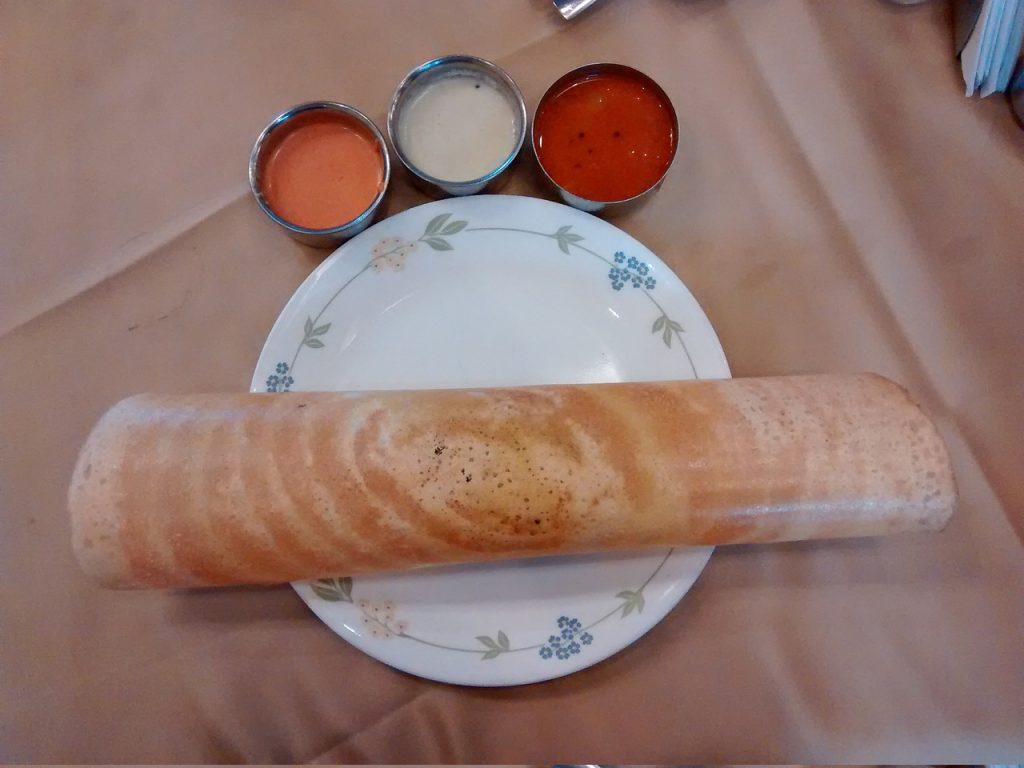The dosa, a thin and crispy South Indian delight, has once again captured the culinary world’s attention. A recent Reddit post shared an image of an impeccably prepared masala dosa, sparking admiration and awe among food enthusiasts. Commenters likened its delicate, glass-like appearance to an artistic masterpiece. This dosa’s allure lies not just in its taste but in its visual perfection, a testament to the craft of dosa-making.
The dosa’s rise in popularity isn’t just about its visual appeal. It embodies a balance of flavors and textures, offering a savory experience that is hard to replicate. This particular dosa has become a benchmark for excellence, setting a new standard for what a perfect dosa should look like. It’s a reminder of the intricate craftsmanship and skill that goes into creating such a seemingly simple dish that is deeply rooted in tradition.
In a world where technology and culinary arts often intersect, the dosa stands as a symbol of authenticity and tradition. While Microsoft opens nlweb to developers, introducing new challenges with agentic AI and security, the dosa remains untouched by such complexities. It brings to life the essence of food in its purest form—crafted by human hands, appreciated by discerning palates, and celebrated across cultures.
This dosa phenomenon has sparked conversations about culinary perfection and the art of presentation. It raises the question of whether the future of food will continue to embrace traditional methods or lean towards technologically driven enhancements. As AI and software innovations rise, the dosa exemplifies that some culinary experiences are best left to the skilled hands of artisans who understand the nuances of their craft as reported by Reddit.
In a world rapidly advancing with technology, what does the future hold for traditional cuisine? Will the allure of innovative technologies overshadow the time-tested techniques of culinary artisans? As we savor the perfection of a well-made dosa, it’s worth pondering how we can preserve cultural culinary heritage while embracing the inevitable march of progress. How will future food enthusiasts balance these two worlds?


